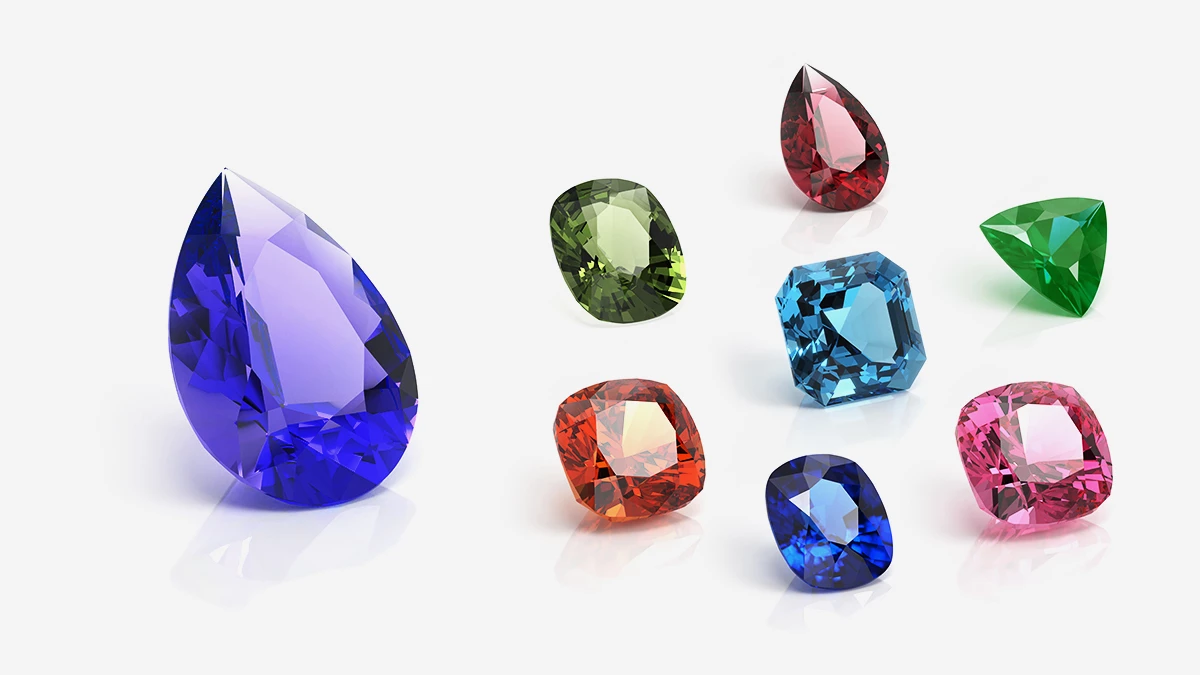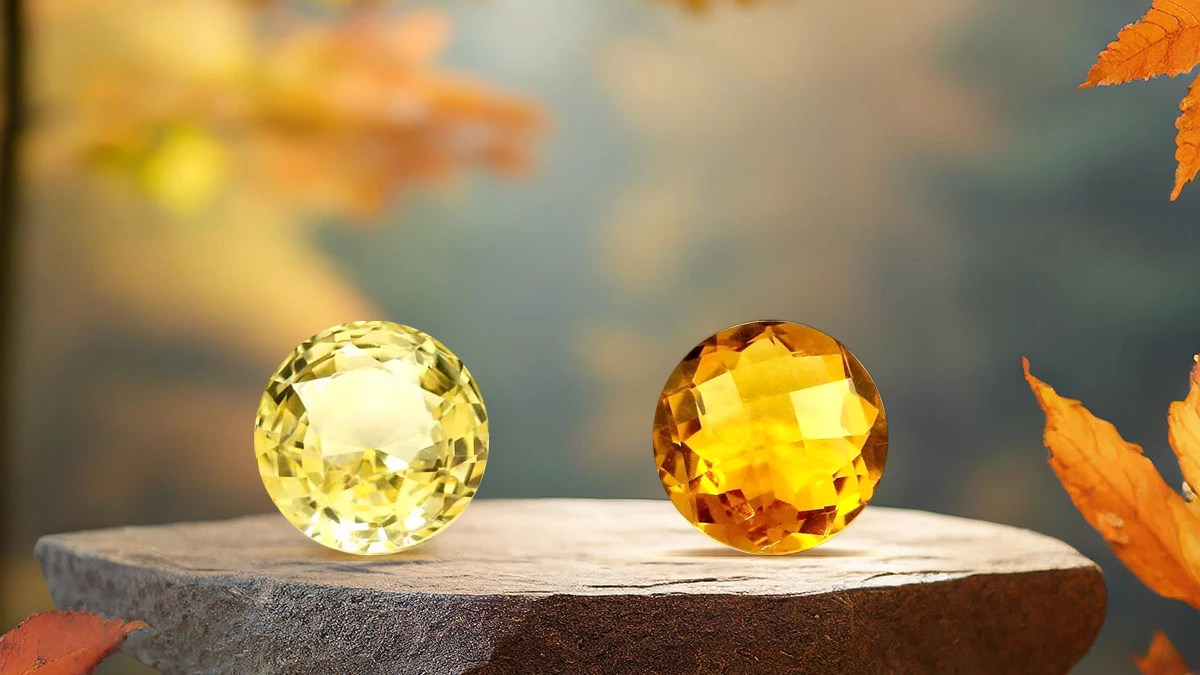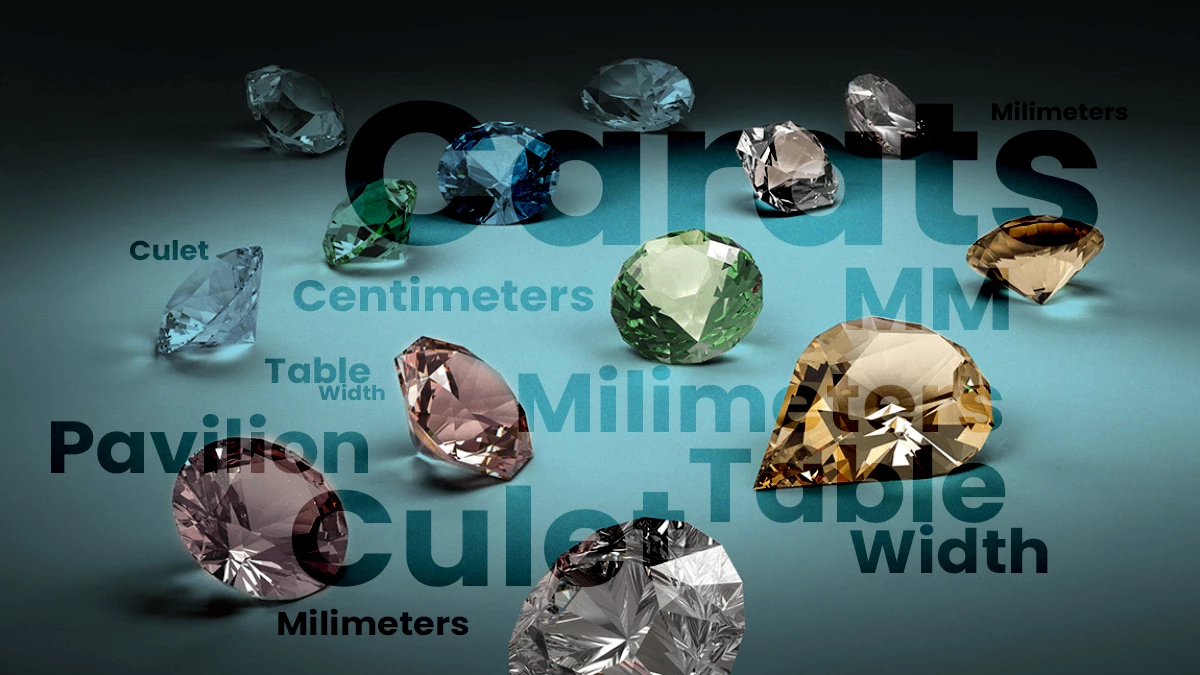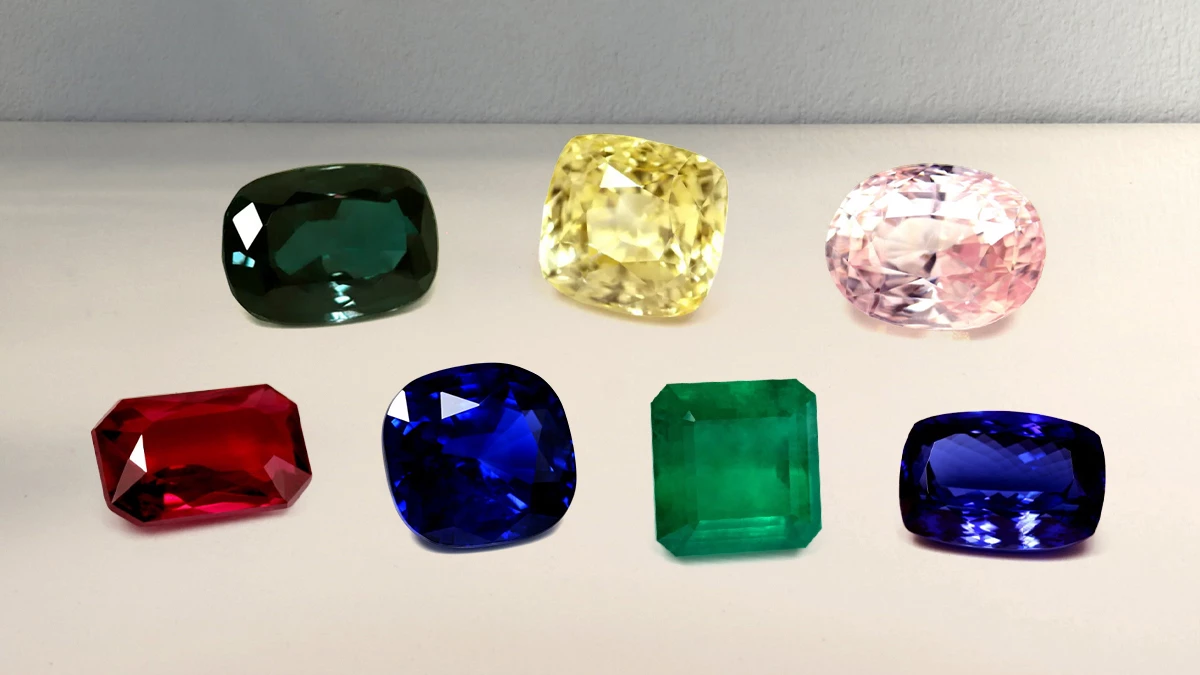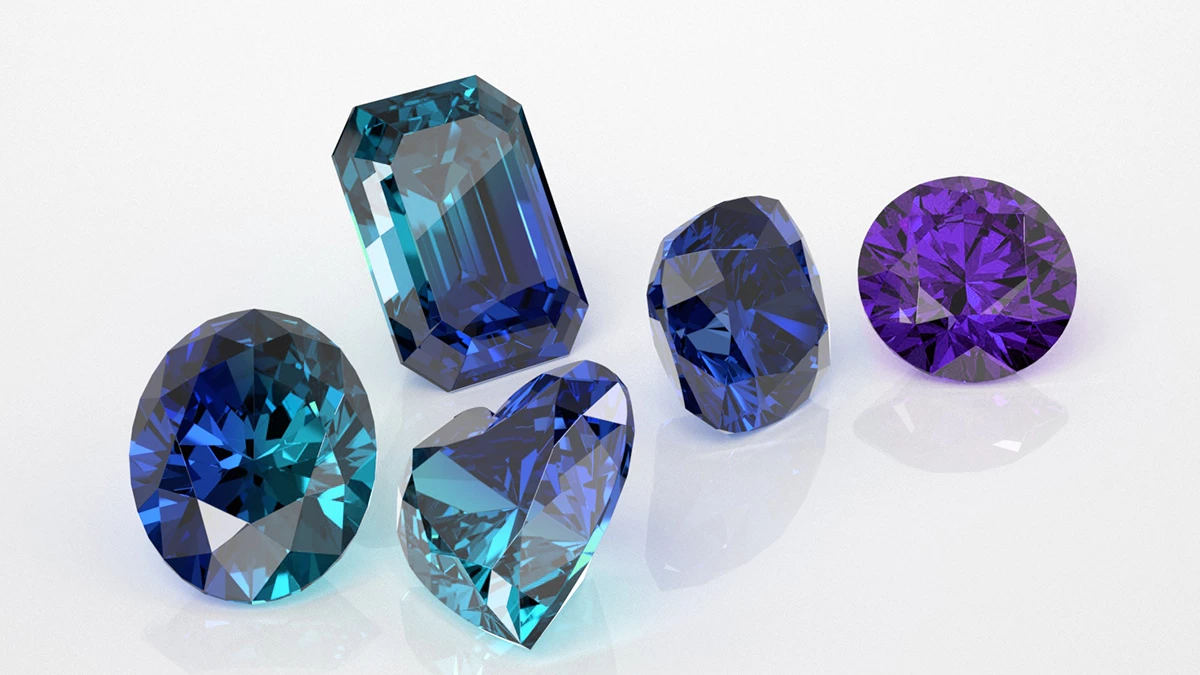When it comes to precious gemstones, few can rival the beauty and allure of tanzanite stones. Named after its country of origin, Tanzania, this magnificent gem has captured the hearts of jewelry enthusiasts around the world. Renowned for its mesmerizing blue-violet hues and remarkable rarity, tanzanite is a true testament to the natural wonders found on the African continent. Let us understand more about this fascinating gemstone.
Origin and Mineral Composition
Tanzanite belongs to the mineral species called zoisite, and it was first discovered in 1967 in the Merelani Hills near Mount Kilimanjaro in northern Tanzania. The discovery itself is quite remarkable, as the gem is found in only one location on Earth. This exclusivity adds to its allure and makes it even more prized by collectors and jewelry enthusiasts.
Color of a Tanzanite Stone
What sets the tanzanite at center of the stage is its captivating color. It exhibits a pleochroic nature, meaning it can display different colors, Ranging from deep royal blues to vibrant violets from various angles. The gem’s enchanting hues are a result of its trichroism, which refers to its ability to transmit blue, violet, and burgundy colors based on the crystal’s orientation. This dynamic interplay of colors gives tanzanite an unmatched depth and richness.
Tanzanite owes its unique blue color to the presence of the element vanadium in traces in its crystal structure. This shade of blue makes it a loved choice among people. Sometimes people mistake the gem for a variety of sapphire due to its color saturaion. However, its distinctive hues and rarity set it apart as a gemstone of extraordinary beauty.
Size and History of Tanzanite
.webp)
Gem-quality tanzanite typically occurs in smaller sizes, with most stones weighing less than five carats. Larger stones are exceptionally rare, and those exceeding 50 carats are extraordinary discoveries. The gemstone’s scarcity contributes to its desirability and has led to its classification as a birthstone for December, alongside blue zircon and turquoise. Due to its relative newness in the world of gemstones, tanzanite has a relatively short but eventful history. It gained popularity in the late 1960s and early 1970s when Tiffany & Co., the renowned jewelry company, recognized its exceptional beauty and began promoting it. Tiffany’s marketing campaign introduced tanzanite to a global audience, elevating its status as a sought-after gemstone.
Symbol of Sophistication and Elegance
Tanzanite has become a favorite among jewelry designers and collectors as a symbol of sophistication and elegance. It is frequently incorporated into a variety of jewelry pieces, including rings, earrings, necklaces, and bracelets. The gem’s deep blue tones beautifully complement both white and yellow metals, offering a myriad of design possibilities.
Cultural and Economic Significance
Beyond its aesthetic appeal, tanzanite holds cultural and economic significance for Tanzania. The gem has become an integral part of the country’s identity and a valuable source of income. Its mining has created employment opportunities and contributed to the local economy, empowering communities in the region.
How it is different from other gemstones
Origin And Rarity
One of the primary factors that differentiate tanzanite stones from other gemstones is its limited geographic origin. It is found exclusively in the Merelani Hills of northern Tanzania, making it a geologically specific gemstone. This exclusivity makes tanzanite stones significantly rarer compared to other gemstones because most have multiple mining locations around the world.
Captivating Color of Tanzanite
Tanzanite’s most striking characteristic is its captivating color. While many gemstones exhibit a single dominant color, tanzanite boasts a unique trichroic property, displaying a stunning range of blue, violet, and burgundy hues. This play of colors is a result of unique crystal structure and pleochroism, where different colors appear from various viewing angles. This characteristic gives it a special identity in the world of gemstones.
Healing Properties
Gemstones have long been associated with metaphysical properties and are believed to possess healing energies. Tanzanite is no exception and has with various spiritual and healing benefits. It promotes inner peace, calmness and harmony while also enhancing intuition and spiritual awareness. It also has astrological benefits for people born under Pisces and Aries zodiac.
Birthstone and Anniversary Stone
.webp)
Tanzanite holds a special place as a birthstone for December. It shares this honor with blue zircon and turquoise. Tanzanite as a birthstone further highlights its exceptional quality and sets it apart from other gemstones. Additionally, tanzanite is also the gemstone for the 24th wedding anniversary, offering couples a meaningful and rare option to celebrate their enduring love.
Durability and Care of Tanzanite
Tanzanite’s physical properties contribute to its distinctiveness compared to other gemstones. With a score of around 6.5 to 7 on the Mohs scale of hardness, it is relatively softer than gemstones like diamonds and sapphires. This means that tanzanite requires a little more care and attention to protect it from scratches and potential damage. Hence, it is essential to handle tanzanite jewelry with care and avoid exposing it to high temperatures or harsh chemicals.
Market Value and Investment Potential
Tanzanite’s unique combination of rarity, captivating color, and limited supply has positioned it as a gemstone with significant investment potential. Its price has risen over time which makes it a valuable addition to any gemstone portfolio. The best part is that this gemstone is still underrated and thus not very pricey. The scarcity of tanzanite, combined with its growing popularity, sets it apart as a gemstone that offers not only aesthetic appeal but also potential financial gain.
In conclusion, tanzanite’s origin, captivating color, metaphysical properties and market value make it stand out among other gemstones. Also it is exclusive and has a very limited supply. In addition, its remarkable blue-violet hues capture the admiration and fascination of gemstone enthusiasts worldwide. Whether admired for its beauty, spiritual significance, or investment potential, tanzanite remains an extraordinary gemstone that sets the bar high for other gemstones.
